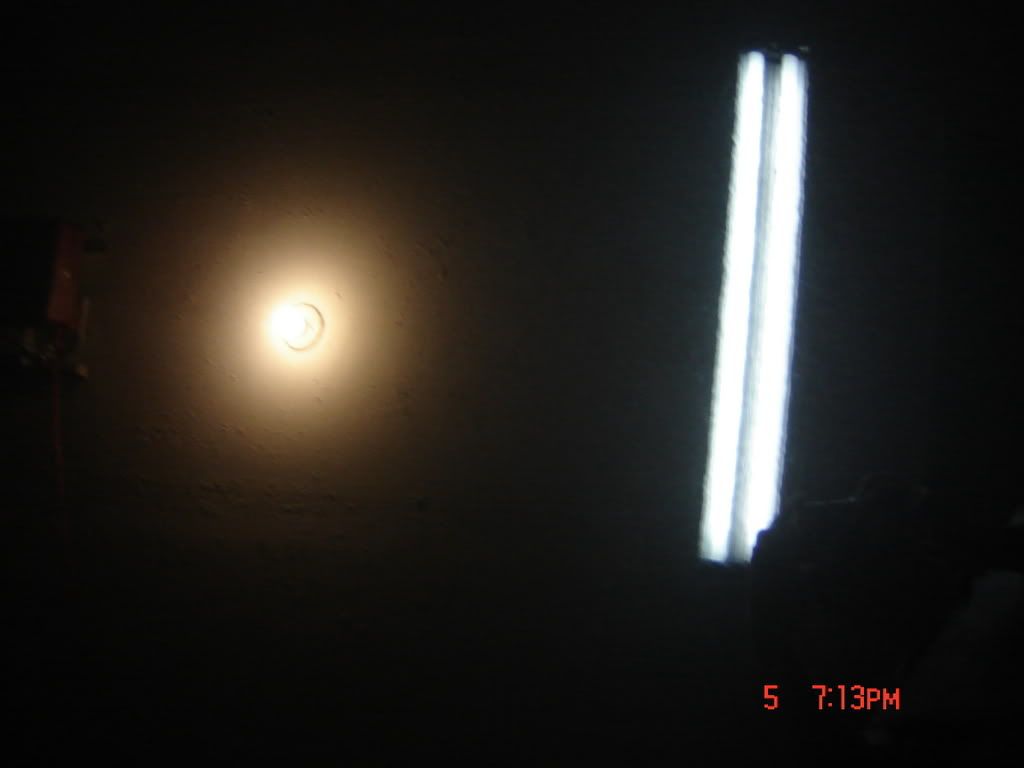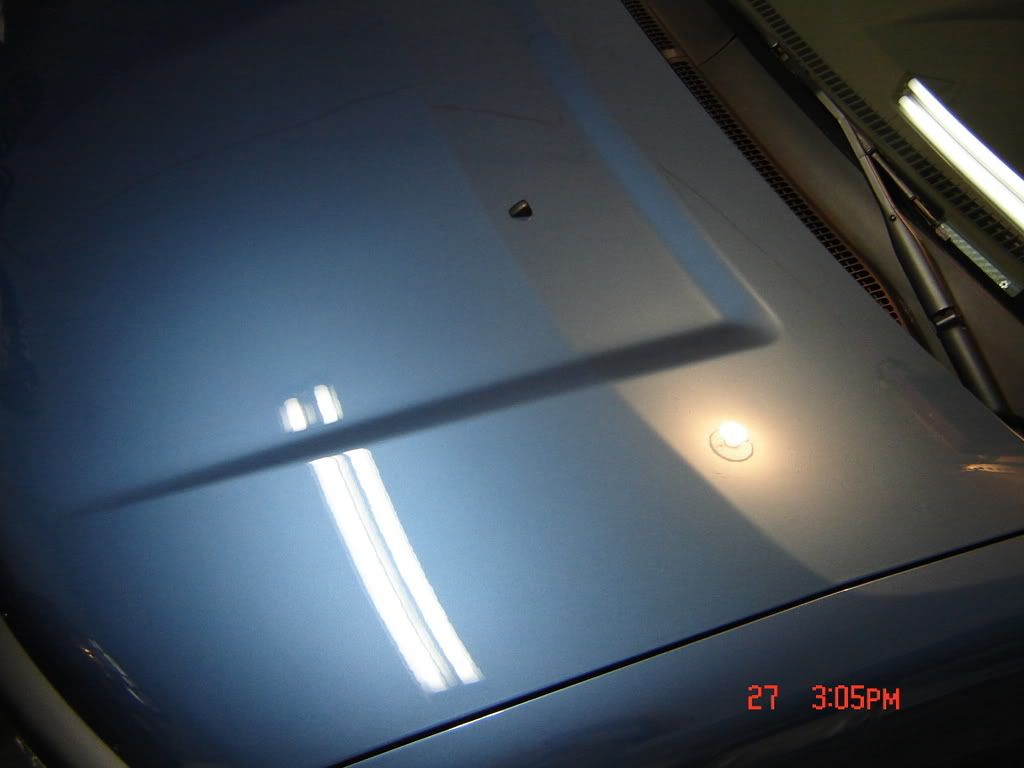imported_Detailing Technology
New member
Does anyone do paint corrections under flourescent lighting exclusively?
I use halogen.
I use halogen.
Follow along with the video below to see how to install our site as a web app on your home screen.
Note: This feature may not be available in some browsers.


jsatek said:Does anyone do paint corrections under flourescent lighting exclusively?
I use halogen.
gleam said:How do you deal with heat from the halogens? I find the flourescents a lot cooler.
rydawg said:When it comes to flourescents, you need to have T5HO's. The biggest thing are the color temp of the bulbs. When it comes to working on paint, you need color temp between 5000K - 6500K. This color range mimics daylight to sun.
I was in a shop this year that had tons of T5HO's and I had asked the owner to turn some of them off cause I was actually seeing the defects in the basecoat, let alone the clearcoat. They made my 3000 watts of halogen seem very useless. They are the brightest units I have ever seen.
The only downfall is the price of these units depending on which one you want. They range from $150-$400.
rydawg said:When it comes to flourescents, you need to have T5HO's. The biggest thing are the color temp of the bulbs. When it comes to working on paint, you need color temp between 5000K - 6500K. This color range mimics daylight to sun.
I was in a shop this year that had tons of T5HO's and I had asked the owner to turn some of them off cause I was actually seeing the defects in the basecoat, let alone the clearcoat. They made my 3000 watts of halogen seem very useless. They are the brightest units I have ever seen.
The only downfall is the price of these units depending on which one you want. They range from $150-$400.
T5 HO/T8 vs. HID
Our T5HO & T8 Fluorescent High Bay Fixtures are specifically designed to replace conventional H.I.D. lighting in commercial / industrial applications. It's an ingenious blend of technologies as it combines the advantage of T5 and T8 linear fluorescent lamps with the mounting flexibility of high bays. The Fluorescent High Bay is an environmentally friendly lighting solution because it exceeds the demands of today's growing energy requirements.
The secret to these fixtures performance lies in the multi-faceted, enhanced aluminum reflectors that encase each lamp and focuses the output for maximum intensity. Coupled with the excellent color rendering, lumen maintenance, and energy efficiency of today's fluorescents, fluorescent high bay fixtures can be used in applications normally reserved for HID's.
Standard 400-watt metal halide fixtures rated for 36,000 initial lumens lose up to 45% of their lighting ability through depreciation and fixture inefficiencies. When compared to only a 6% loss of the T5HO Fluorescent High Bay rated for 20,000 initial lumens, the maintained lumen output is virtually the same.
A four-light 54-watt HO T5 high bay requires only 239 watts as compared to the metal halide which consumes 454 watts, a dramatic 50% savings in energy usage. In addition, the fluorescent high bay produces brighter, more even illumination with features like instant on, built-in switching and low-temperature operation.
Our FluorescenT High Bay Fixture has been designed to be Contractor Friendly by including features that make it easier to install and maintain. The fixture accepts multiple suspension methods including 3/4" threaded pipe for direct replacement of existing high bay fixtures.
